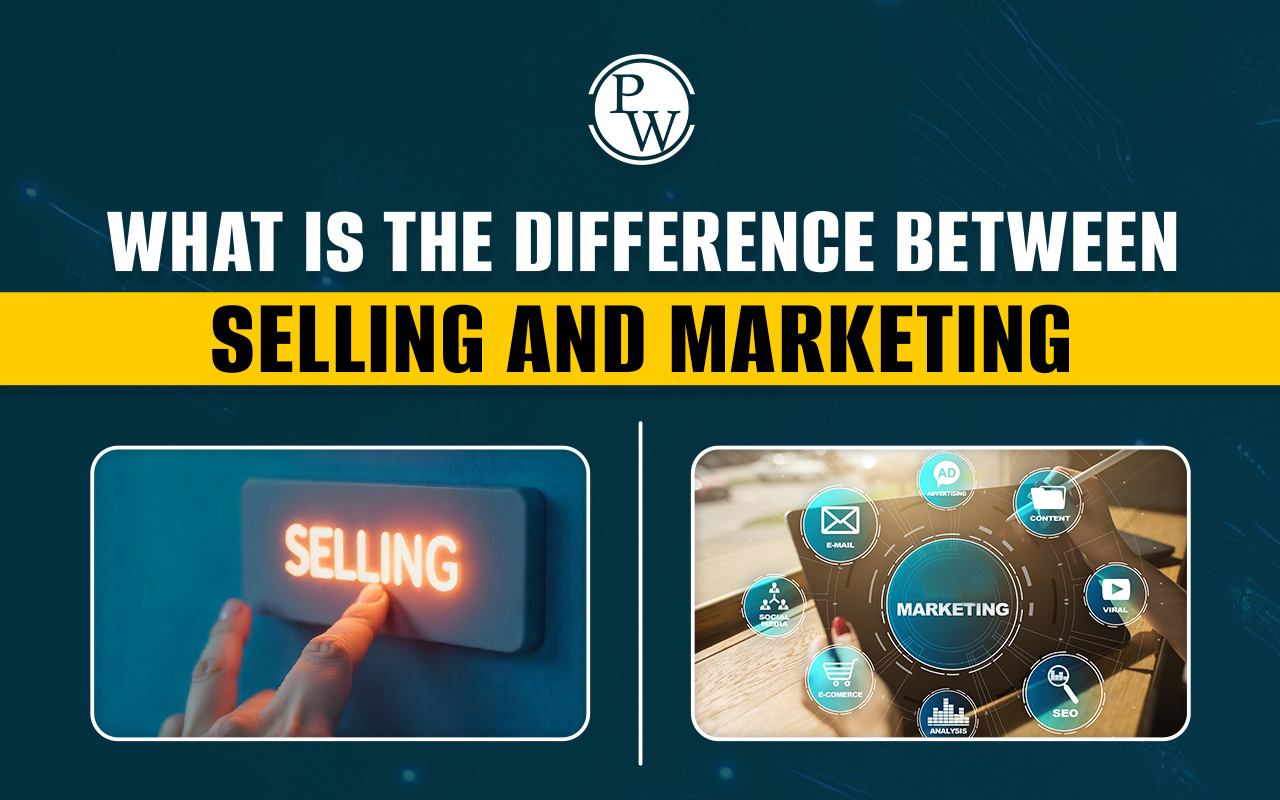
Marketing and Advertising within the sphere of business, these two concepts play pivotal roles in driving success and establishing a strong brand presence. While frequently utilized interchangeably, Marketing and Advertising are, in fact, distinct disciplines, each with its own set of objectives and methodologies.
Marketing can be seen as a comprehensive approach that encompasses a multitude of strategic activities aimed at understanding customer needs, creating products or services that meet those needs, and effectively delivering them to the target audience. On the other hand, Advertising is a specific subset of marketing and focuses primarily on promoting products or services through paid communication channels. It involves the creation and dissemination of persuasive messages via various mediums, such as print, television, radio, digital platforms, and social media.Meaning of Marketing
Marketing is a strategic process that involves understanding, creating, communicating, and delivering value to customers and other stakeholders. It aims to promote products, services, or ideas, while also building and maintaining strong relationships with the target audience. Marketing plays a pivotal role in influencing consumer behavior, fostering brand loyalty, and ultimately driving business success.Meaning of Advertising
Advertising is a form of communication used by businesses and organizations to promote their products, services, or ideas to a specific target audience. It is a vital component of marketing strategies, aiming to capture the attention of potential customers and influence their purchasing decisions.Types of Marketing
Marketing comprises various approaches and strategies tailored to meet specific business objectives and target audience preferences. Below are some key types of marketing:Digital Marketing: Utilizing digital channels like websites, social media, email, and online advertising to reach and engage with the audience.
Content Marketing: Creating valuable and relevant content to attract and retain customers, establishing thought leadership and brand authority.
Social Media Marketing: Leveraging social media platforms to build brand awareness, engage with followers, and foster customer relationships.
Email Marketing: Sending targeted emails to prospects and customers to promote products, services, or special offers.
Search Engine Optimization (SEO): Enhancing website visibility on search engines to attract organic traffic and improve online presence.
Influencer Marketing: Partnering with influencers or key personalities to endorse products or services and tap into their followers' networks.
Guerrilla Marketing: Unconventional and creative marketing tactics to grab attention and create a buzz around a brand.
Event Marketing: Promoting products or services through organized events, trade shows, or sponsorships.
Word-of-Mouth Marketing: Encouraging customers to share positive experiences and recommend the brand to others.
Affiliate Marketing: Partnering with affiliates who promote products or services in exchange for a commission on successful sales.
Direct Marketing: Reaching out to individual customers directly through direct mail, telemarketing, or targeted advertising.
Product Marketing: Focusing on product-specific strategies to highlight features, benefits, and differentiation.
Segmented Marketing: Tailoring marketing messages to specific customer segments based on demographics, interests, or behavior.
Experiential Marketing: Creating immersive brand experiences to connect emotionally with customers and leave lasting impressions.
Cause Marketing: Aligning with social or environmental causes to promote products while supporting a greater purpose.
These diverse marketing types offer businesses a range of tools and tactics to effectively engage with their audience, increase brand awareness, and drive meaningful results.Types of Advertising
Advertising encompasses a variety of communication strategies and platforms used to promote products, services, or ideas to a target audience. Below are some key types of advertising:Television Advertising: Broadcasting commercials on television networks to reach a wide audience.
Radio Advertising: Airing audio commercials on radio stations to engage listeners.
Print Advertising: Placing ads in newspapers, magazines, brochures, or other printed materials.
Online Advertising: Displaying ads on websites, social media platforms, or search engines to target online users.
Social Media Advertising: Promoting products or services through sponsored posts and ads on social media networks.
Outdoor Advertising: Displaying ads on billboards, transit vehicles, or other public spaces to capture attention.
Direct Mail Advertising: Sending promotional materials, flyers, or catalogs directly to potential customers' physical addresses.
Mobile Advertising: Delivering ads via mobile devices, such as smartphones and tablets.
Video Advertising: Using video content for advertisements, often found on streaming platforms or video-sharing websites.
Native Advertising: Integrating promotional content seamlessly into the format of the surrounding media to appear less intrusive.
Celebrity Endorsement: Featuring well-known personalities to endorse and promote products.
Influencer Advertising: Collaborating with social media influencers to promote products or services to their followers.
Digital Display Advertising: Placing banner ads or interactive ads on websites and apps.
Interactive Advertising: Engaging users through interactive elements in ads, such as quizzes or games.
Product Placement: Integrating products or brands into movies, TV shows, or other media content.
These various advertising types offer diverse avenues for businesses and marketers to effectively convey their messages to the intended audience and create meaningful connections with potential customers.Marketing vs. Advertising
In the realm of business and commerce, terms like marketing and advertising are frequently used interchangeably, causing confusion. However, it is essential to recognize the subtle yet significant differences between these concepts. The comparative analysis provided below aims to clarify their distinct roles and functions in a simple and comprehensive way:| Marketing vs. Advertising | ||
| Aspect | Marketing | Advertising |
| Definition | Comprehensive activities to understand customer needs, create valuable products, and reach the target audience. Focuses on strong customer relationships. | Communication strategies to promote products/services to a targeted audience. Aims to raise awareness and persuade customers. |
| Scope | Covers the entire customer journey and business strategy. | A narrow focus on communication. |
| Duration | Long-term for enduring relationships and growth. | Medium-term campaigns. |
| Goal | Create value, satisfy needs, and achieve business objectives. | Increase sales and brand visibility. |
| Focus | Customer-centric approach to business and product development. | Capturing audience attention through messaging. |
Significance of Marketing
Marketing plays a pivotal role in modern business strategies, driving growth, and ensuring long-term success. Given below are a few reasons due to which marketing is significant:- Establishing strong brand presence and recognition.
- Understanding customer needs and preferences.
- Creating and delivering value to the target audience.
- Building lasting customer relationships and loyalty.
- Identifying market opportunities and trends.
- Generating sales and revenue for the business.
- Fostering innovation and adaptation to changing markets.
- Differentiating products or services from competitors.
- Increasing market share and competitiveness.
- Enhancing the organization's reputation and credibility.
Significance of Advertising
Advertising is a vital component of the marketing process, serving as a crucial communication tool for businesses and organizations. Given below are a few reasons due to which advertising is significant:- Increasing brand visibility and awareness.
- Informing potential customers about products or services.
- Persuading consumers to consider and choose offerings.
- Driving sales and revenue generation.
- Differentiating products from competitors.
- Building a positive brand image and reputation.
- Creating emotional connections with the target audience.
- Encouraging customer engagement and loyalty.
- Expanding market reach and audience impact.
- Promoting new product launches or special offers.
Marketing Vs Advertising FAQs
What is the primary goal of marketing?
How does advertising differ from marketing?
What are some key types of marketing?
What are the different types of advertising?













